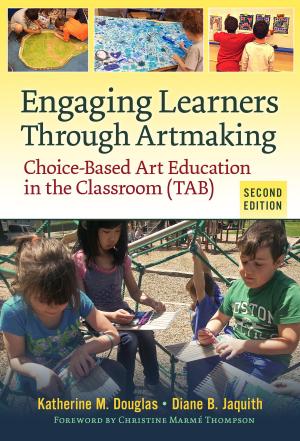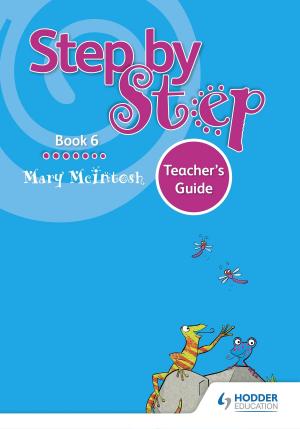10 Secrets to Get Your Child to Love Reading
Nonfiction, Reference & Language, Language Arts, Study & Teaching| Author: | SR Snyder | ISBN: | 9781466017443 |
| Publisher: | SR Snyder | Publication: | July 25, 2011 |
| Imprint: | Smashwords Edition | Language: | English |
| Author: | SR Snyder |
| ISBN: | 9781466017443 |
| Publisher: | SR Snyder |
| Publication: | July 25, 2011 |
| Imprint: | Smashwords Edition |
| Language: | English |
Parents tend to believe that children learn to read with their eyes. Reading is actually taught by making use of listening skills. Parents can lay down a foundation for reading by talking with their babies, reading books to them as they grow and reading books on various subjects as it can help increase a child’s vocabulary. Playing rhyming auditory games is a favorite activity in childhood and helps the child to learn speaking patterns.
The normal order in which most of the children learn how to read is from birth to three years of age. Children listen to the words spoken by their family members and others they are around them and then start learning to form and say the words. Three to four year olds start building their vocabulary and like rhyming words and sentences. In first grade, letter blends are introduced which helps with the skill of sounding out simple words and memorizing the sight words. The skill of building simple sentences starts thereafter.
When a child says they don’t like to read; an area to examine in their reading skill set is rhyming, if they can hear the rhyme or not. If they know all the sounds a letter can make, especially vowels sounds, do they know the short and long vowel sounds? Can they see and set up a letter blend or a word part, such as the letter “AT”, do they have the ability to put a letter in front of those to get different words such as cat, pat, and hat. This helps with the ability to sound out words and also to make new words. These problems are common in kids who struggle with reading. Have your child’s hearing checked would be the first step to start. If all is well there, then it is time to upgrade their skills through fun games and the secrets you will read in the rest of the book.
It is also worth mentioning that if you have gone through the above items with your child, you might want to have them tested for dyslexia. This is an easily fixed condition and your child can still learn to enjoy reading.
There is too much time that your child will have to read but not to make sure to spend sufficient time in getting the beginning reading skills learned. Once that is accomplished, then they are on their way to doing well in school, and opening up a world of enjoyment by finding a quiet place, opening up a book and being taken on a magical journey with their books.
Parents tend to believe that children learn to read with their eyes. Reading is actually taught by making use of listening skills. Parents can lay down a foundation for reading by talking with their babies, reading books to them as they grow and reading books on various subjects as it can help increase a child’s vocabulary. Playing rhyming auditory games is a favorite activity in childhood and helps the child to learn speaking patterns.
The normal order in which most of the children learn how to read is from birth to three years of age. Children listen to the words spoken by their family members and others they are around them and then start learning to form and say the words. Three to four year olds start building their vocabulary and like rhyming words and sentences. In first grade, letter blends are introduced which helps with the skill of sounding out simple words and memorizing the sight words. The skill of building simple sentences starts thereafter.
When a child says they don’t like to read; an area to examine in their reading skill set is rhyming, if they can hear the rhyme or not. If they know all the sounds a letter can make, especially vowels sounds, do they know the short and long vowel sounds? Can they see and set up a letter blend or a word part, such as the letter “AT”, do they have the ability to put a letter in front of those to get different words such as cat, pat, and hat. This helps with the ability to sound out words and also to make new words. These problems are common in kids who struggle with reading. Have your child’s hearing checked would be the first step to start. If all is well there, then it is time to upgrade their skills through fun games and the secrets you will read in the rest of the book.
It is also worth mentioning that if you have gone through the above items with your child, you might want to have them tested for dyslexia. This is an easily fixed condition and your child can still learn to enjoy reading.
There is too much time that your child will have to read but not to make sure to spend sufficient time in getting the beginning reading skills learned. Once that is accomplished, then they are on their way to doing well in school, and opening up a world of enjoyment by finding a quiet place, opening up a book and being taken on a magical journey with their books.




![Cover of the book Food and Drink in American History: A "Full Course" Encyclopedia [3 volumes] by SR Snyder](https://www.kuoky.com/images/2013/october/300x300/9781610692335-BwJy_300x.jpg)










